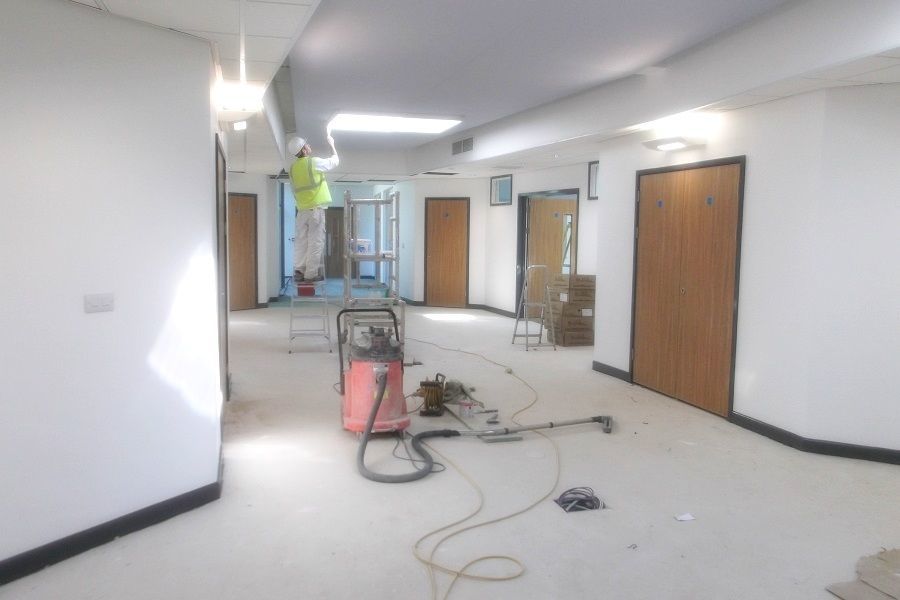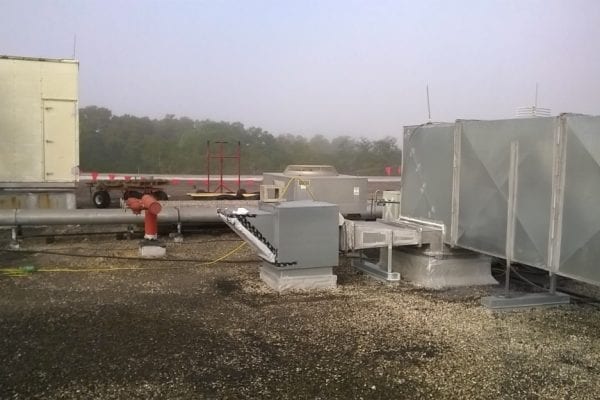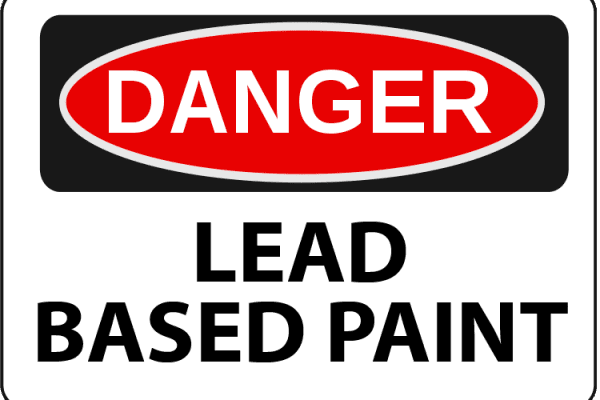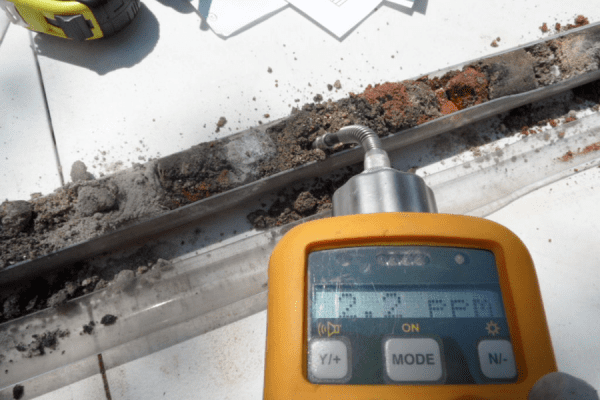There are few things in life quite as satisfying as the moment a new building or renovation opens for business. After all the months and perhaps years of planning, demolishing, constructing, and finishing, it’s finally time.
The last thing you want to have to worry about at this moment, is whether the air inside the building will be safe for your occupants. Yet, poor indoor air quality is a common complaint in new buildings and newly renovated spaces. Demolition, construction, and redecorating all involve processes and materials that can release contaminants into the air that may only be noticed after the construction is complete and the building is occupied.
To prevent problems and ensure smooth building operations, it pays to test the indoor air quality before your occupants move in. Here are three key pre-occupancy IAQ tests you should conduct, along with potential problems you may uncover and their solutions.
Particulate Matter
Particulate matter (PM) refers to any non-gaseous material that may be suspended in the air, such as dust, dander, pollen, and smoke. Some particulate matter is present in almost all environments, but high levels can cause health issues, including allergic reactions and long-term respiratory problems.
New buildings and newly renovated areas are especially vulnerable to high particulate matter concentrations, due to the dusty nature of construction. A simple test can determine whether particulate matter levels are too high for occupancy. When high levels are detected, remediation may consist of a combination of improved ventilation and filtration. Additionally, the HVAC system should be inspected for sources of particulate matter, and cleaned, if necessary.
Volatile Organic Compounds (VOCs)
Volatile Organic Compounds, also known as VOCs, are the gaseous equivalent of particulate matter. VOCs can be harmful to health. Compounds that are off-gassed by paint, adhesives, vinyl wall coverings, and some furnishings can cause respiratory distress, headaches, allergic reactions, fatigue, dizziness, and other unpleasant and potentially dangerous symptoms.
New buildings and newly renovated areas are susceptible to high VOC concentrations, due to the freshness of paint, adhesives, and other VOC-containing materials. Air samples should be taken and tested prior to occupancy, to measure VOC levels and determine whether remediation is necessary to ensure a safe indoor environment. When high VOC levels are detected, remediation often consists of a combination of better ventilation and temporary filtration until the responsible materials have finished their primary off-gassing period.
Odors
Odors are one of the most overlooked indoor air quality issues in commercial buildings, in part because they usually don’t present an immediate health hazard. However, foul odors can impact productivity and lead to occupant complaints. Additionally, when odors are detected in new construction or a newly renovated area, it can be a sign of bigger problems such as high VOC concentrations.
It’s important to test for odors throughout the building, as one area may be fine while another has a problem. Odors can be caused by HVAC issues, such as poorly placed intakes or a buildup of organic material in the system. They can also be related to VOCs and other indoor air quality problems. When odors are detected, the cause should be investigated and remediation planned based on the cause.
Pre-occupancy indoor air quality testing is a simple and inexpensive way to ensure happy and healthy occupants. For peace of mind, you may want to hire a reputable firm to ensure proper sampling and testing. Our experienced environmental consultants are on hand to discuss your needs.






